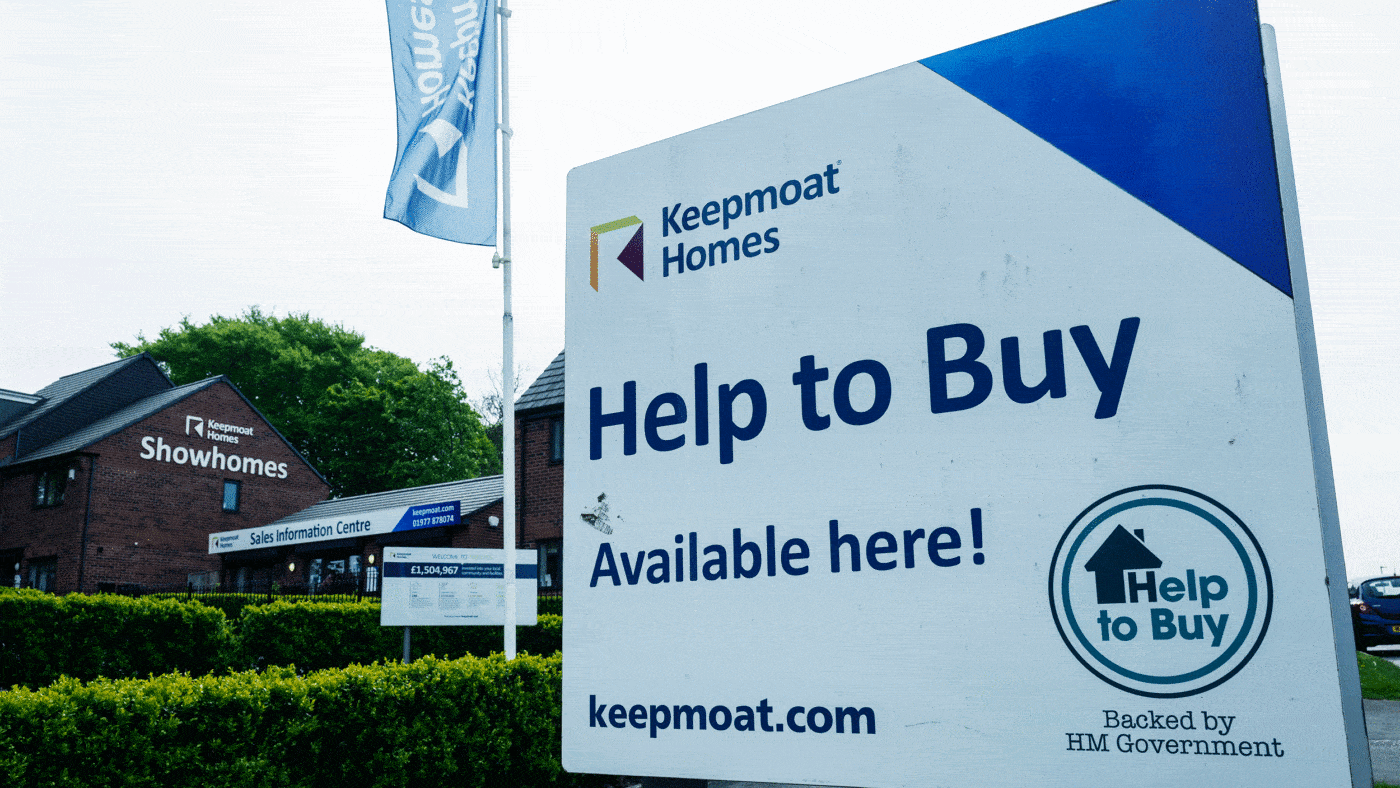Help to Buy is no more. Ten years since it was introduced, George Osborne’s flagship housing policy has finally run its course.
CapX readers need little reminding that the UK’s dysfunctional housing market needs serious policy intervention. However, Help to Buy (HtB) went about things entirely the wrong way. What advantages it did have were comfortably outweighed by its costs and demonstrate clearly why offering demand-side policies without a proper plan to increase supply can backfire.
To recap, under HtB a new buyer could purchase a new-build property valued anywhere up to £600,000 with just a 5% deposit. Between 20% and 40% of the price would be covered by a government loan that is interest-free for its first five years.
Now, there’s no doubt this did help some buyers: by June 2022, almost 370,000 properties had been bought under the scheme. Admittedly, this was only 3.3% of the toal properties sold in the UK up to that period, but the scheme picked up slightly in its later years – between February 2017 and April 2021, this proportion had grown to 4.8%.
However, UK Finance estimates that as of January 2020, HtB had only helped 14% of first-time-buyers since its introduction and, crucially, had resulted in higher prices for 86% of them. In a 2015 study, the housing and homeless charity Shelter estimated that HtB added over £8,000 to the UK’s average house price in the two years since its introduction.
Just as striking for a scheme that was meant to help people on to the housing ladder, almost two-thirds of those who used HtB could have bought a home without it, according to the National Audit Office. That means the number of people the scheme has truly helped to buy their first home is only a little over 120,000. And all this while there are still over 250,000 homeless people in the UK and a backlog of housing need of some 4.7 million homes.
This all came at a huge cost to the taxpayer. Osborne pledged £3.5bn to HtB in his spring 2013 Budget, and over its whole lifetime the programme cost almost £30bn. By way of comparison, under the 2016-2023 Affordable Homes Programme, the average cost to construct a single social home was £41,551. In other words, over 700,000 social homes could have been built for the same cost; money which could have been lent to councils and housing associations and recouped later through rent.
Why was HtB such a poor use of public money?
The biggest issue is that most of the money put into the scheme ended up in the pockets of the home-sellers rather than the home-buyers. Recipients of HtB, on average, paid 10% more on their mortgages than those who did not use the scheme; this was even higher in some areas, with buyers in Yorkshire paying an astonishing 21.6% more. To compound matters, once those houses were bought, they often lost value, even when local average house prices rose. The difference between the market value of the house and how much was paid for it – largely using taxpayer money – was, naturally, in the pocket of the developer who sold it.
And although a government-commissioned study found that HtB generated a 14% rise in annual housebuilding numbers, that has not made much of a dent in the government target of 300,000 homes a year – certainly not enough to justify spending £30bn.
Does this mean we should simply jettison demand-side housing policies and let aspiring homeowners suffer until house prices fall? The answer is clearly no, especially given the clear bottlenecks in the UK’s mortgage market that are stopping people getting on the housing ladder. But demand-side fixes alone are no solution to a problem that stems, fundamentally, from not building enough homes for many years.
The issue, unfortunately, is that supply-side reforms are long, unwieldy and don’t produce the kind of immediate results that win politicians elections. Even with a dramatic increase in housebuilding, it will take years for that to filter down into lower prices, long after the Government responsible for reforming the planning system would have departed. Giving a certain kind of voter a government bung to get their own home, on the other, hand – that’s the kind of thing that will win you votes in the here-and-now.
It does not have to be this way. Just look at the way the environment has become one of voters’ top political priorities in recent years, even though the effects of green policies are often only seen many years further on.
We need to adopt the same long-term approach to housing policy, realising that reversing the affordability crisis is not just about hitting a target one year, but a consistent commitment to build the homes the country so badly needs. Fail to do so, and things will only get worse.
Click here to subscribe to our daily briefing – the best pieces from CapX and across the web.
CapX depends on the generosity of its readers. If you value what we do, please consider making a donation.


